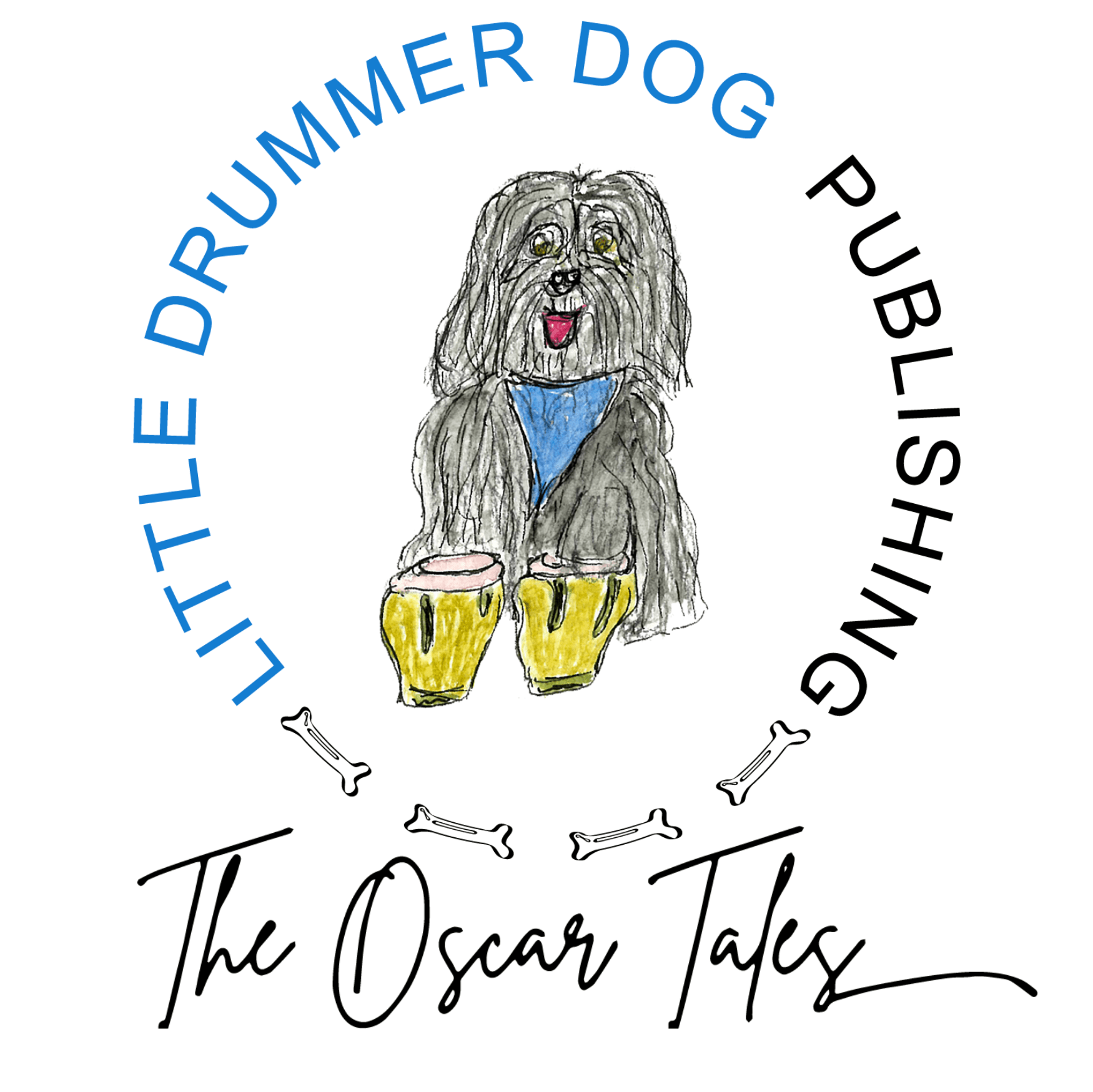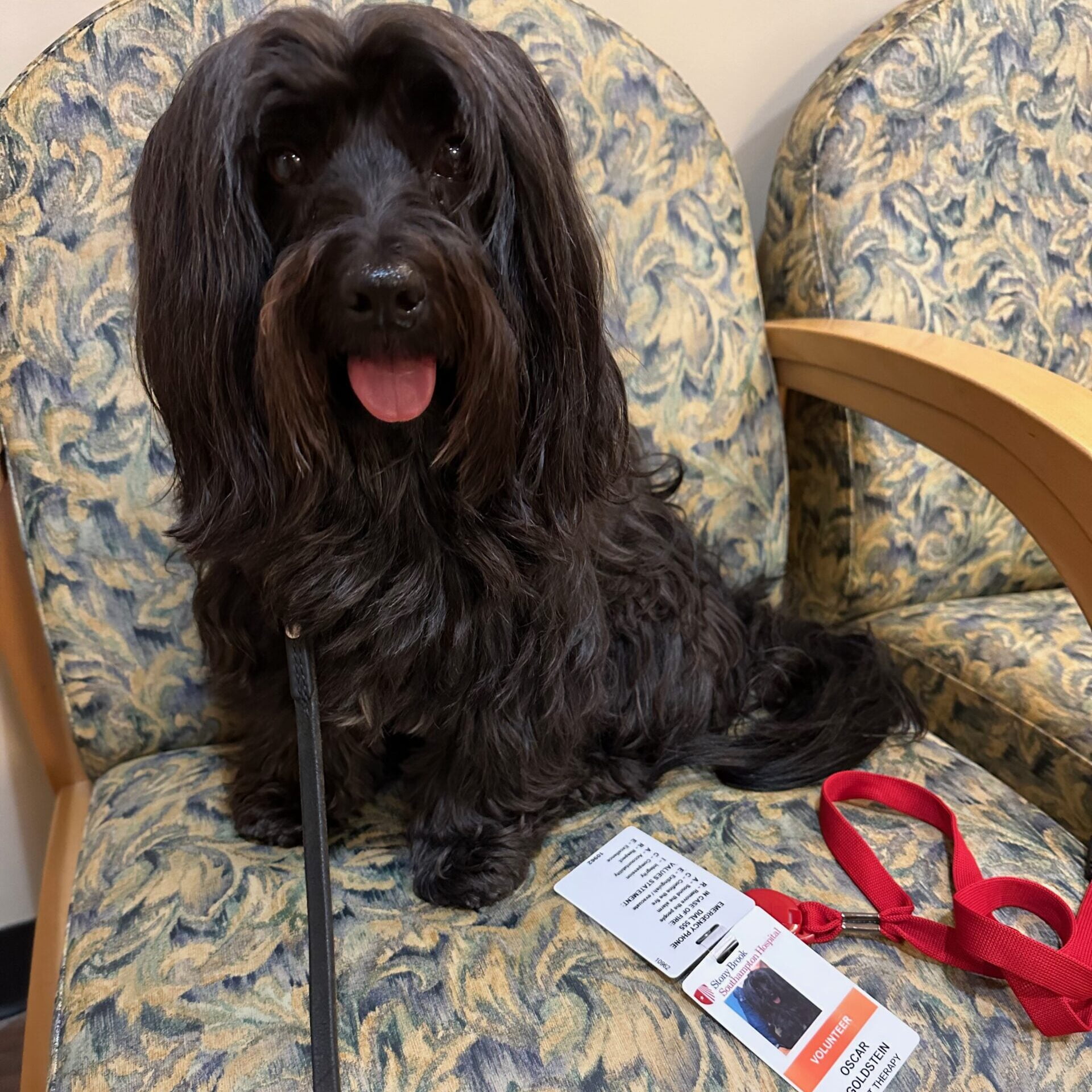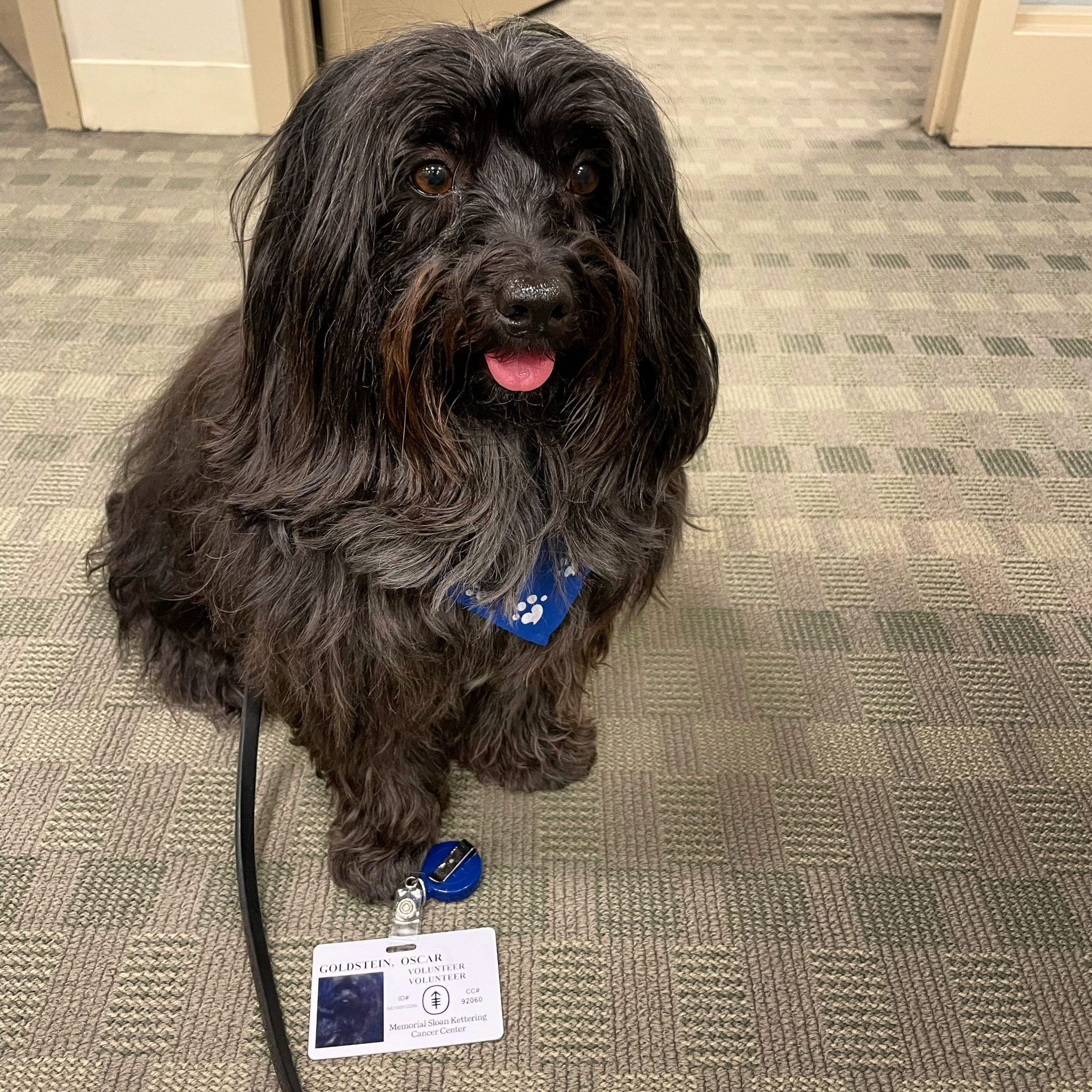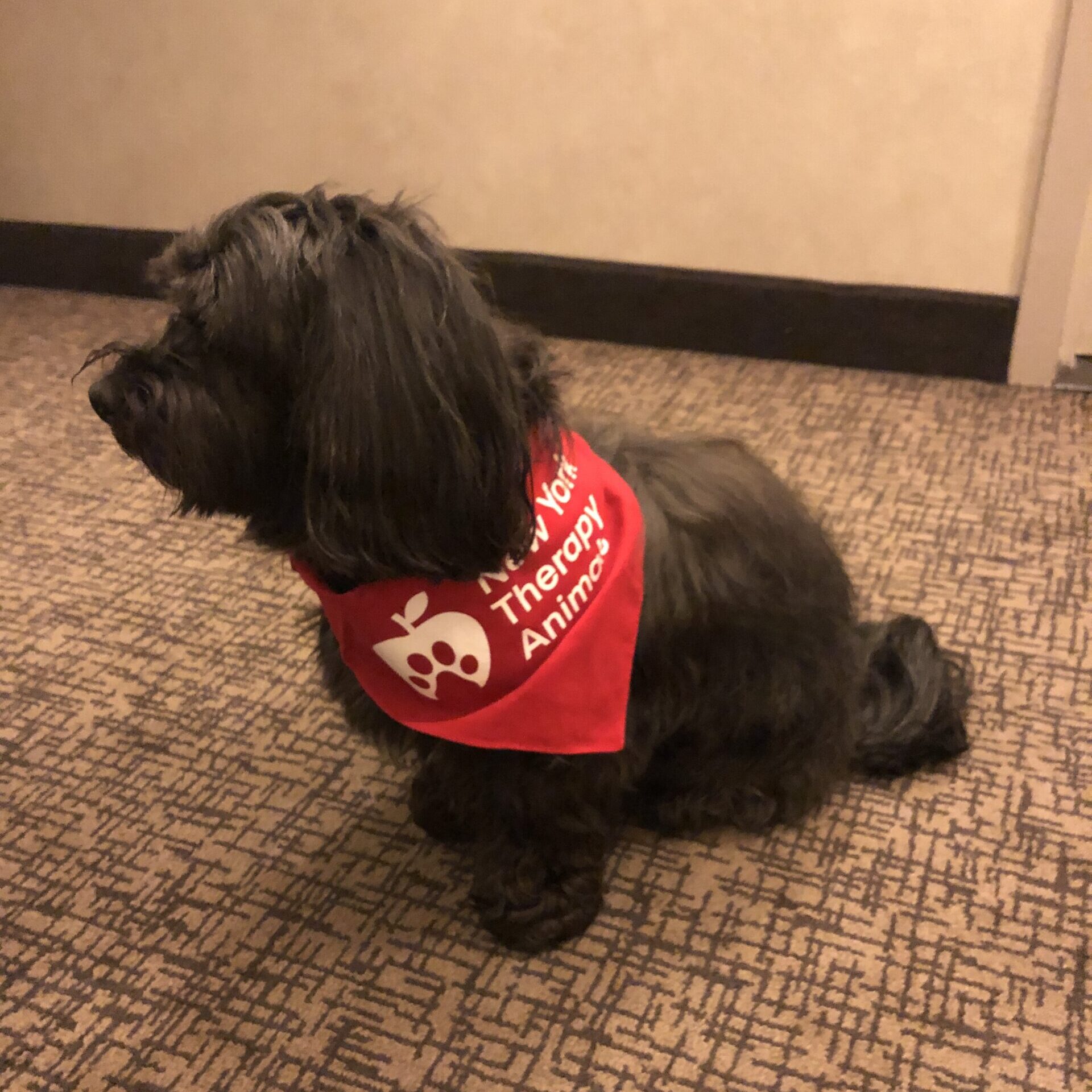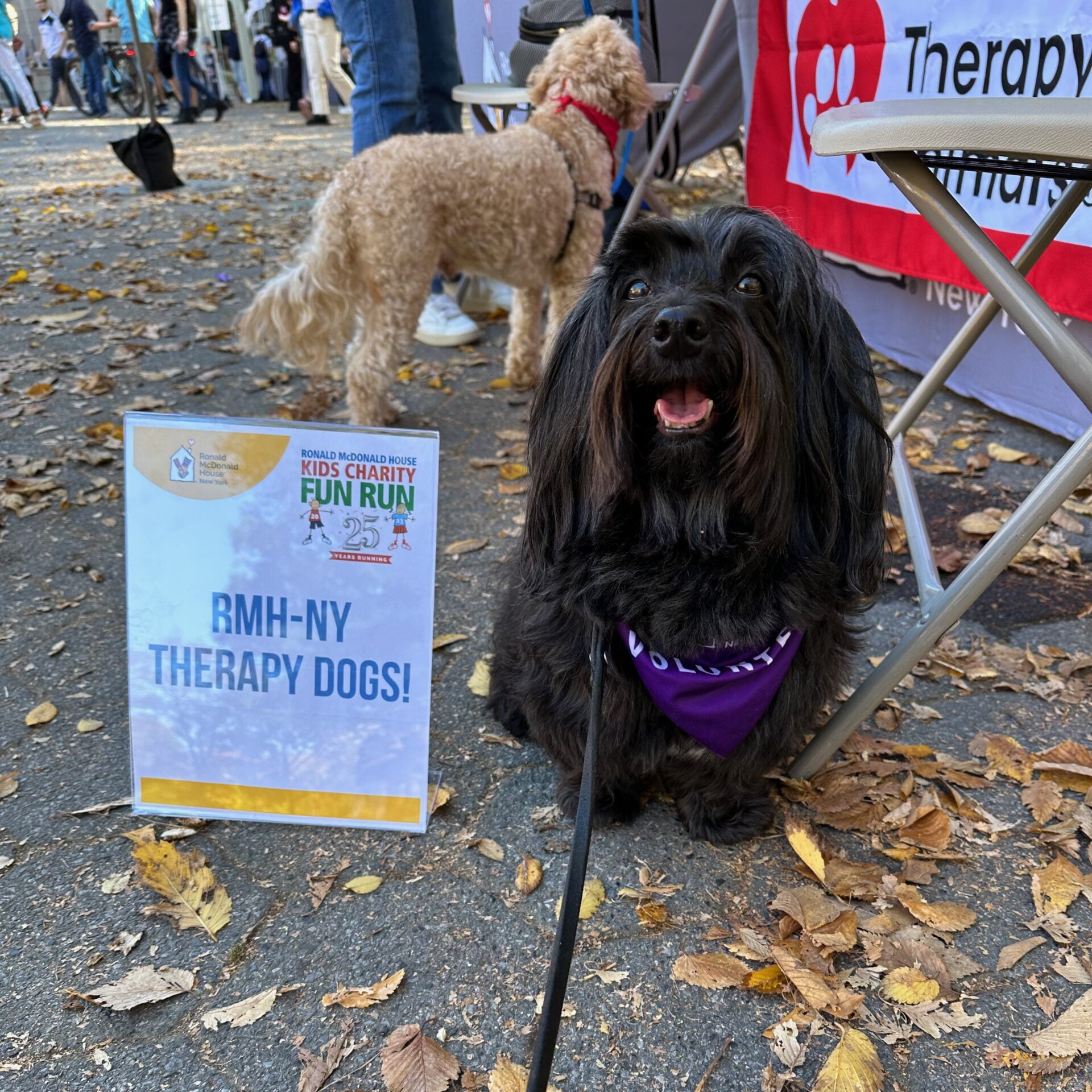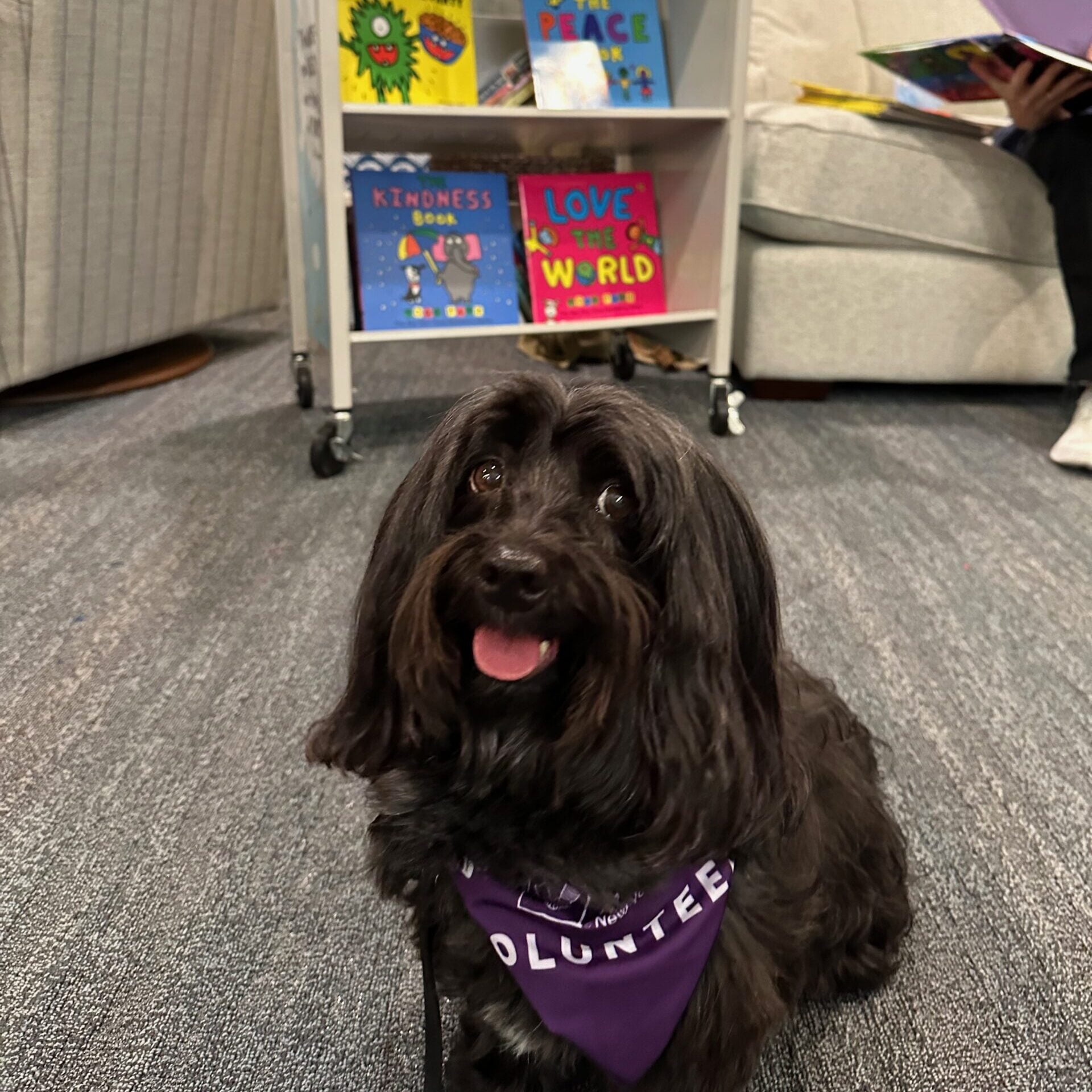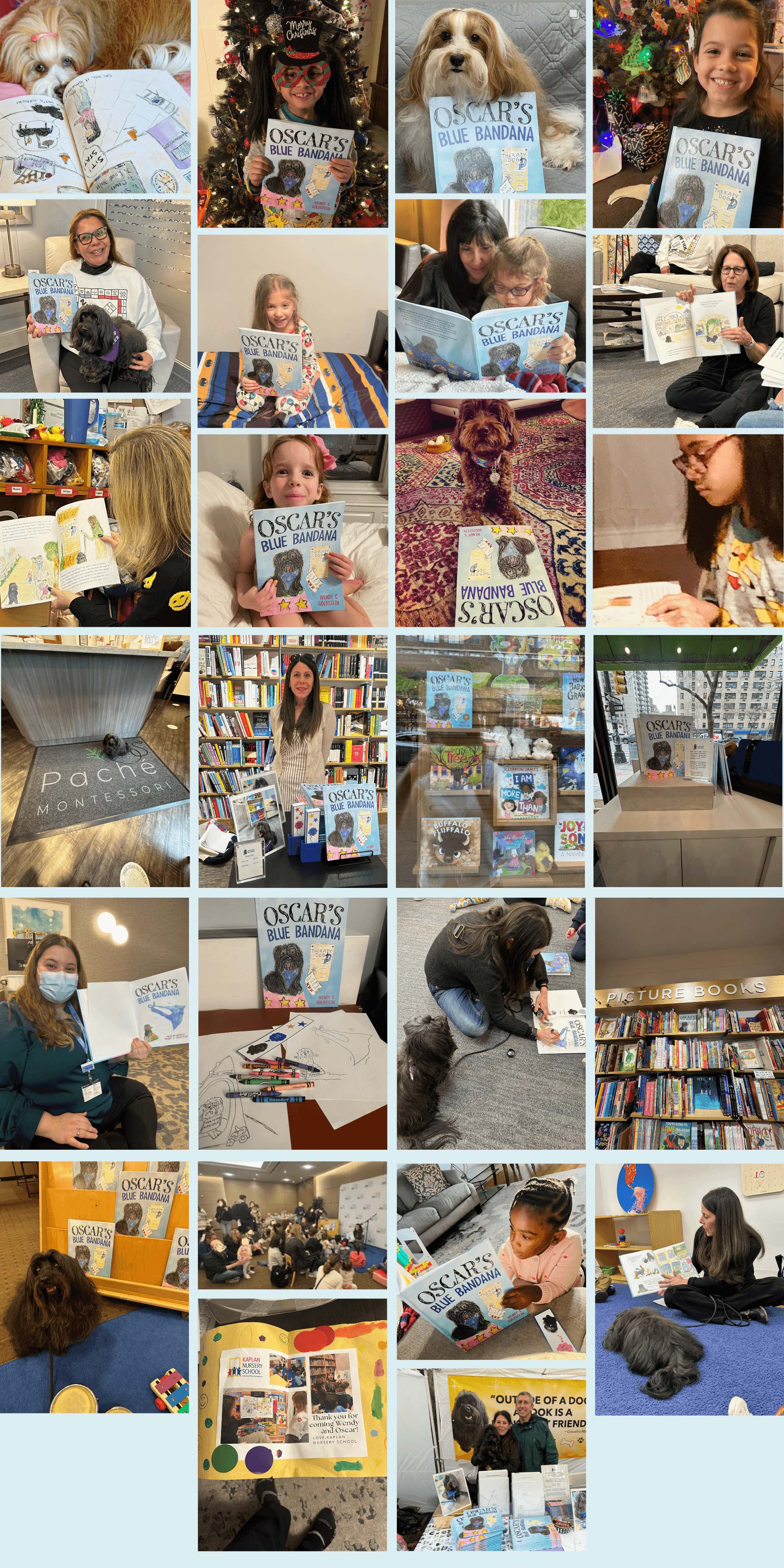About
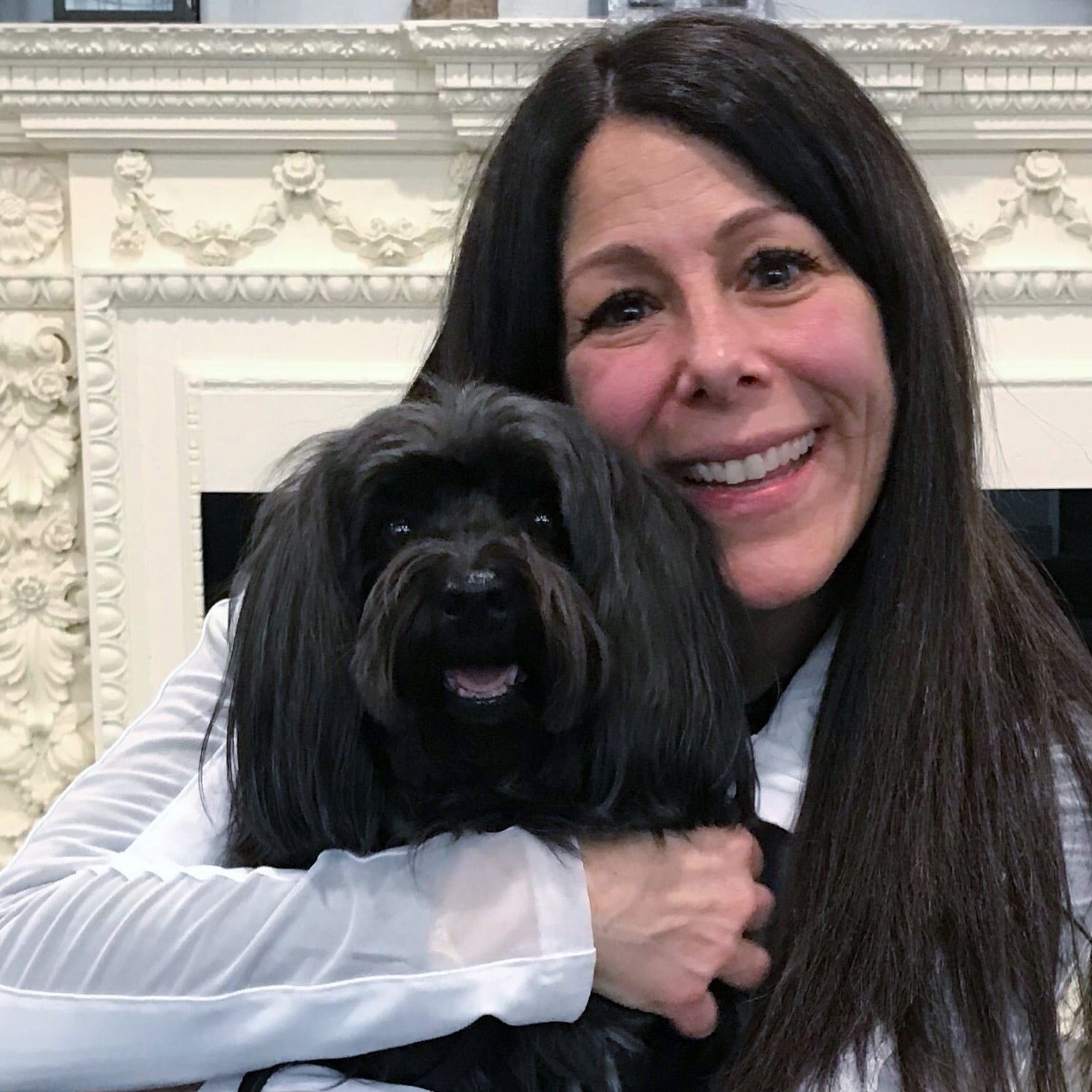
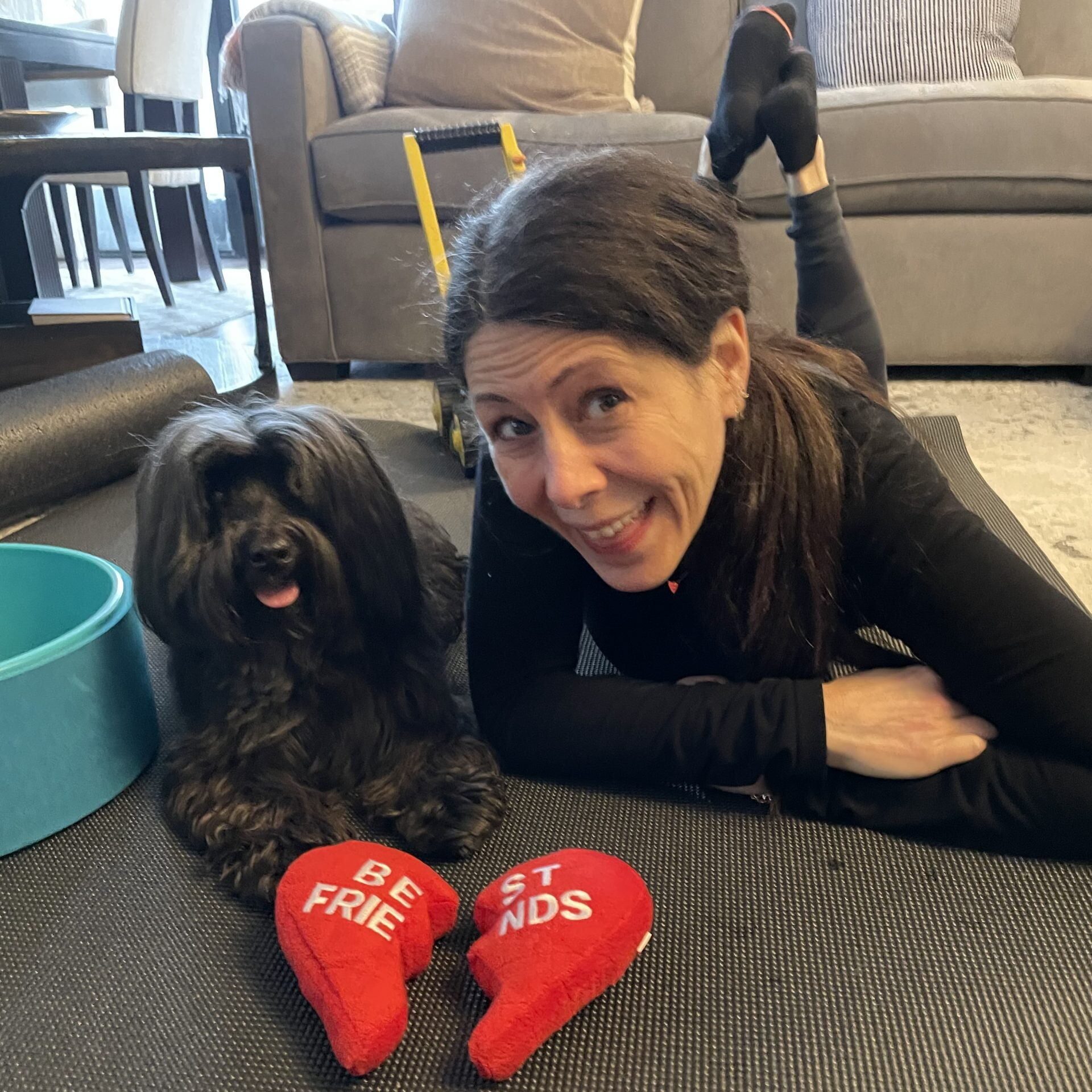
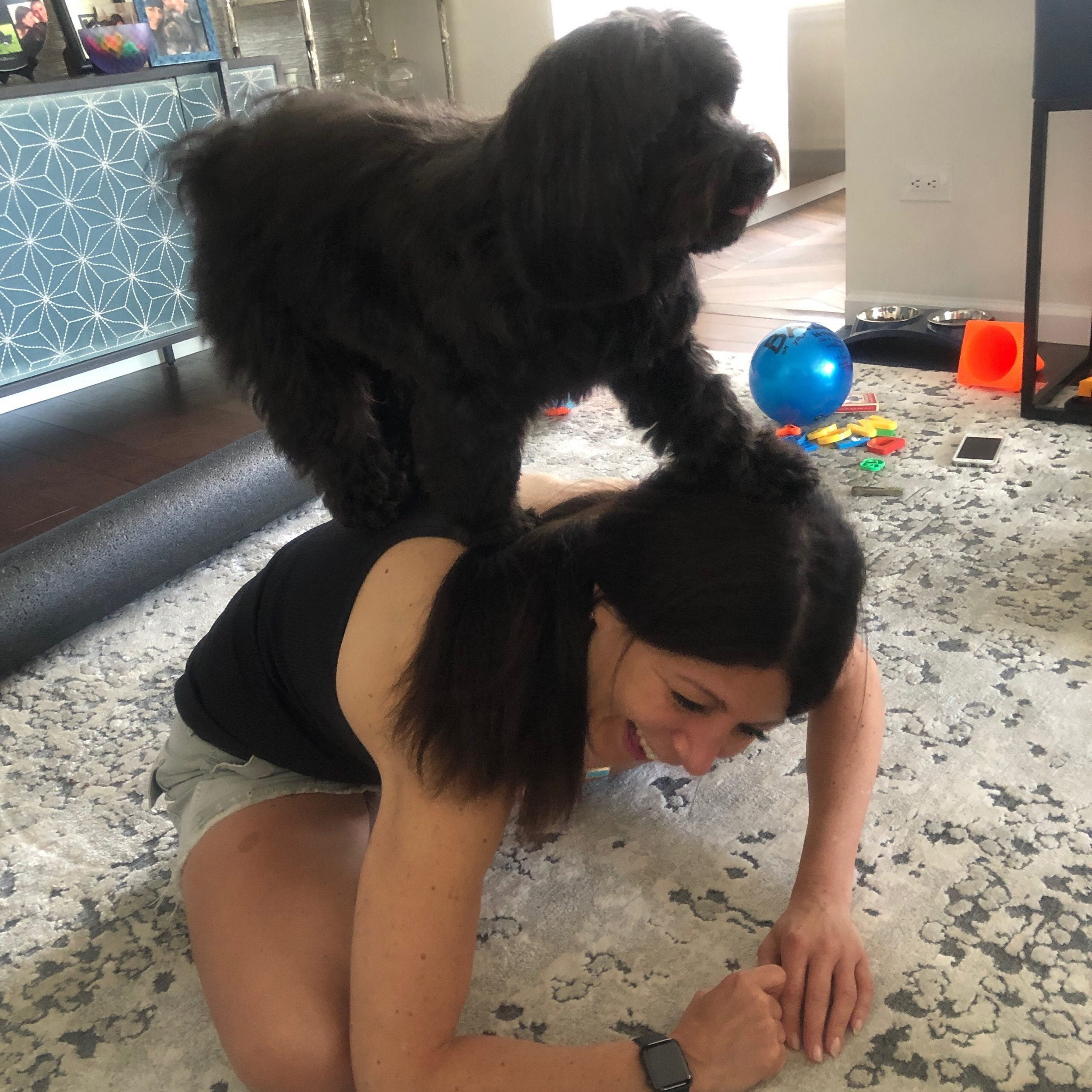
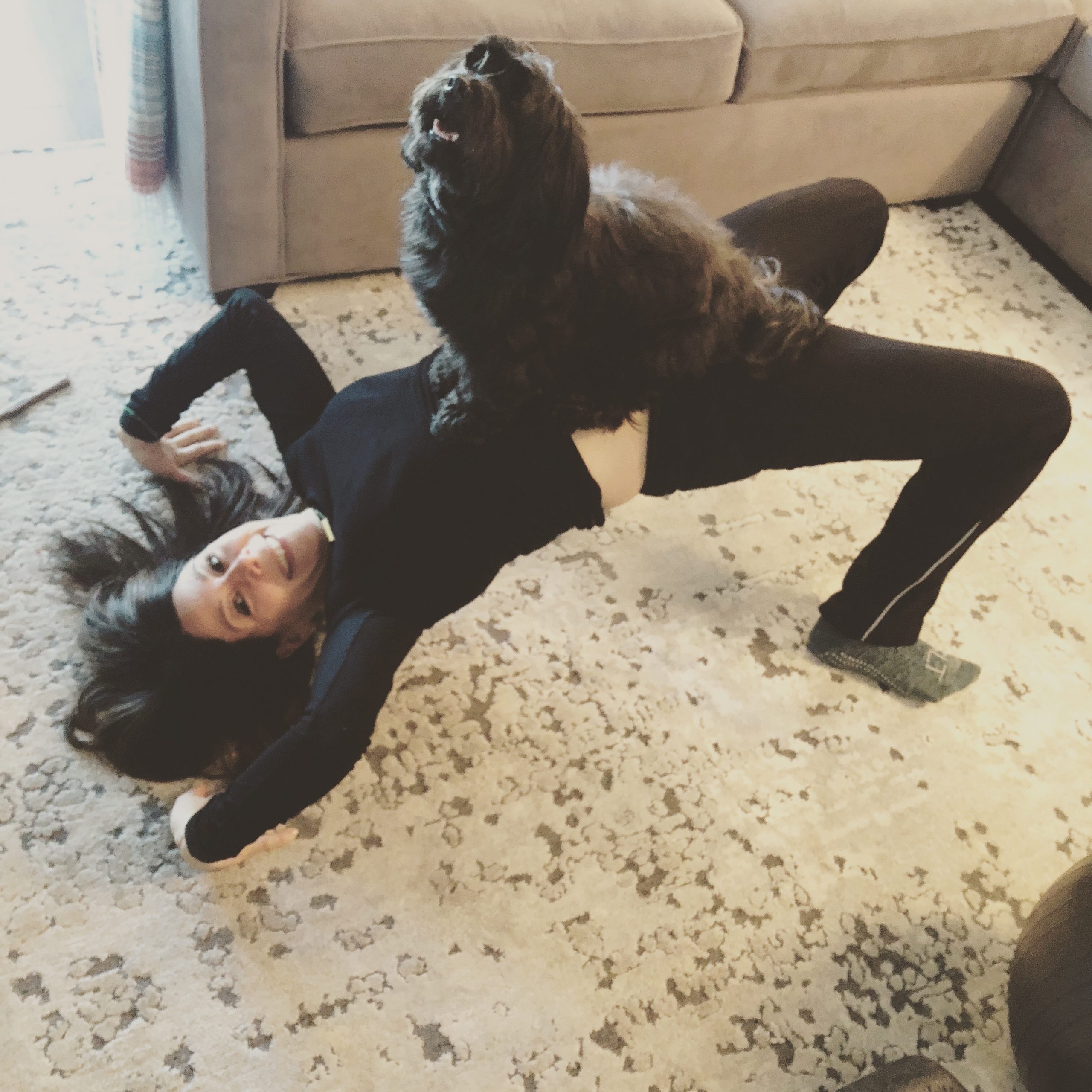
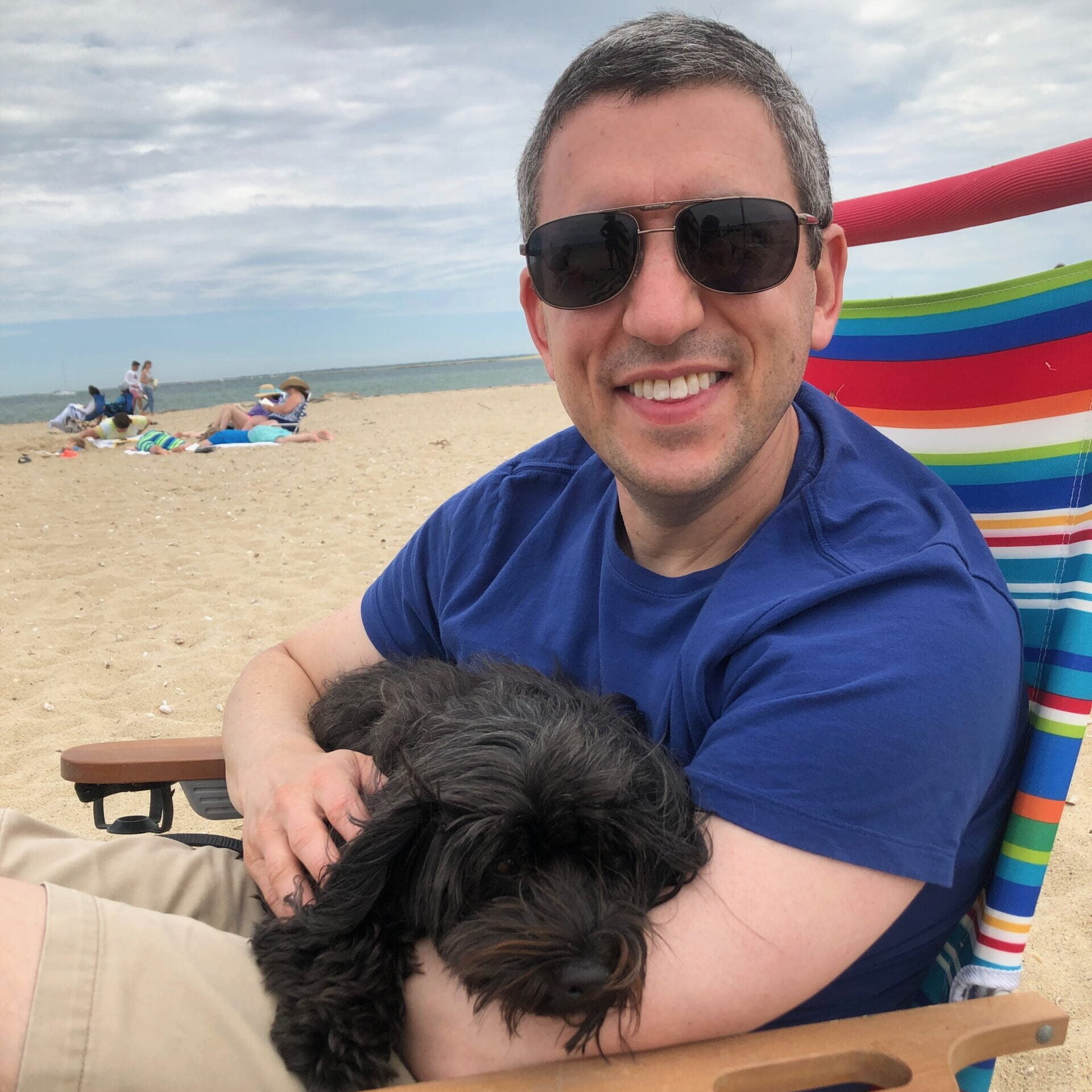

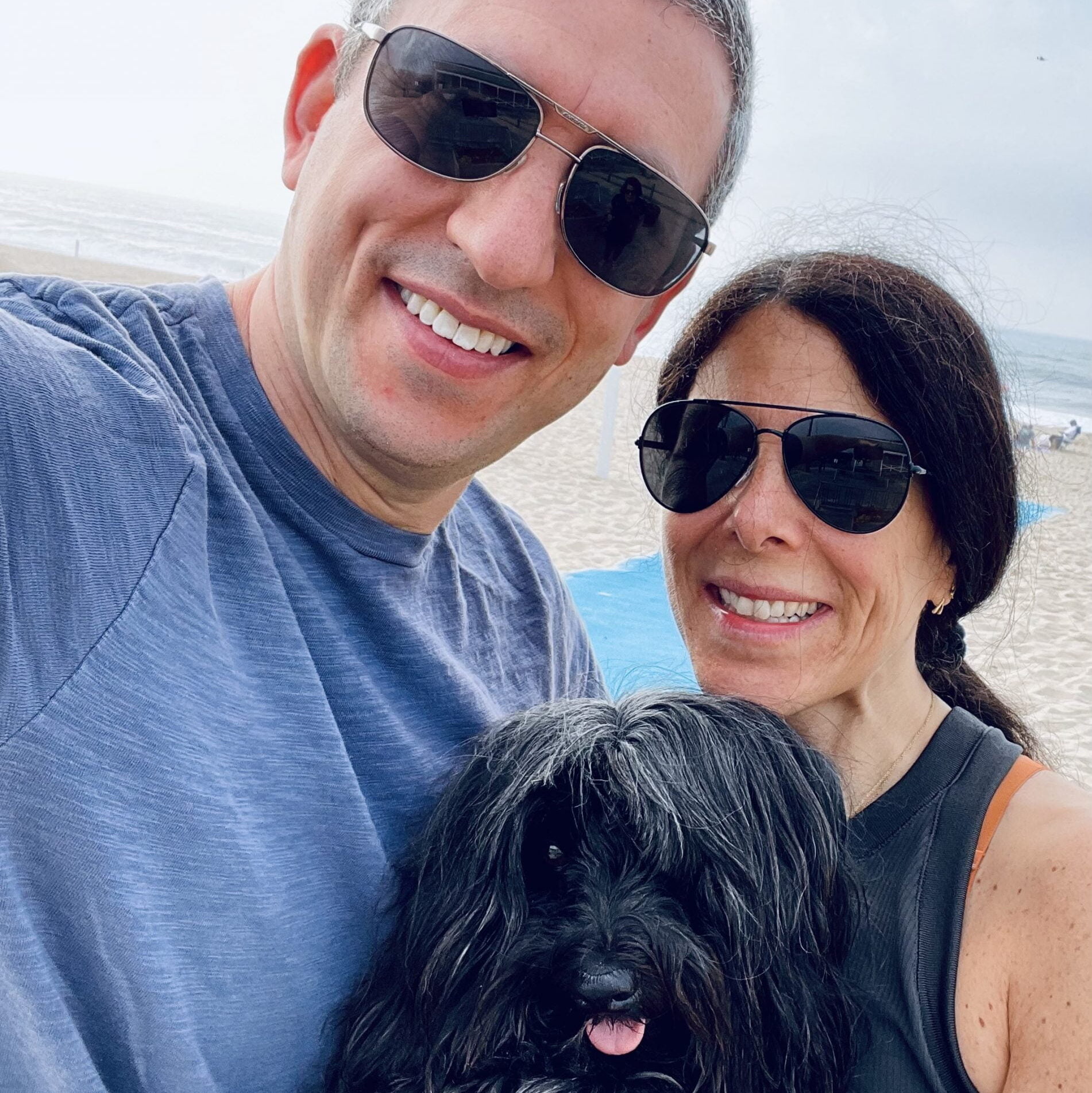
The author
Wendy C. Goldstein
My mom, Wendy C. Goldstein, never owned a dog before me! I quickly showed her that dogs are better than people. Mom got the idea to write and illustrate books about me when a crowd gathered and began cheering when I started dancing in the streets of New York City on my hind legs.
She hopes that this book will encourage kids to be themselves, follow their dreams, and act from the heart. When Mom and I are not volunteering at healthcare facilities (or writing and illustrating books about me), she is a lawyer in New York City, representing clients in healthcare and life sciences.
Mom always tells me that I am the best birthday gift she ever got from my dad (her wonderful husband).
Hi, I'm Oscar!
Thanks for reading my story. It’s all true! I am a registered therapy dog with New York Therapy Animals. When my bandana, identification badge, and trading cards come out, I know it’s time to go to work. I visit kids at a cancer treatment center in New York City, and a home for children and their families who receive care at New York City hospitals.
My favorite food is cheese (but I would never turn down a piece of lamb). When I am not working or hanging out with my fur friends, I enjoy playing, jumping, chasing balls, and exploring new places. I am really smart and love learning new tricks. You will always find me with a big smile on my face and a spring in my step. I am very loving and sweet and believe that belly rubs are the best. You can follow my adventures on Instagram @oscar_myhavanese
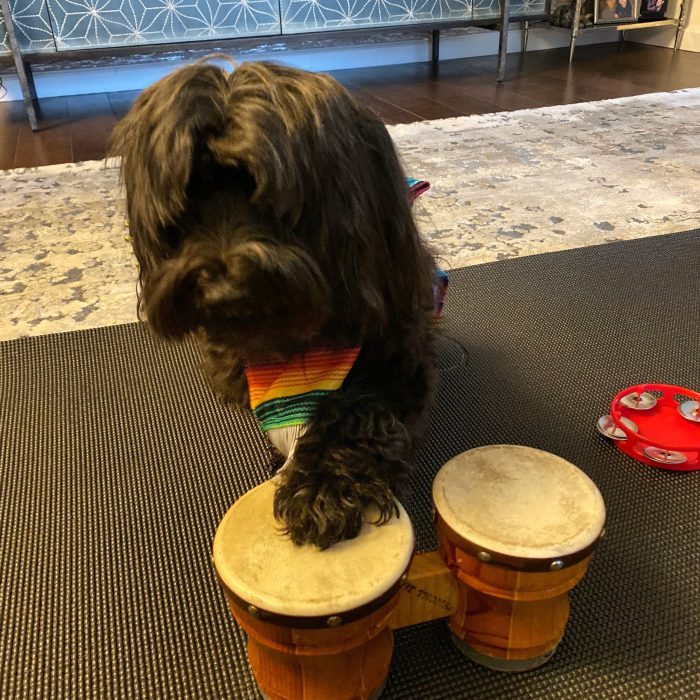
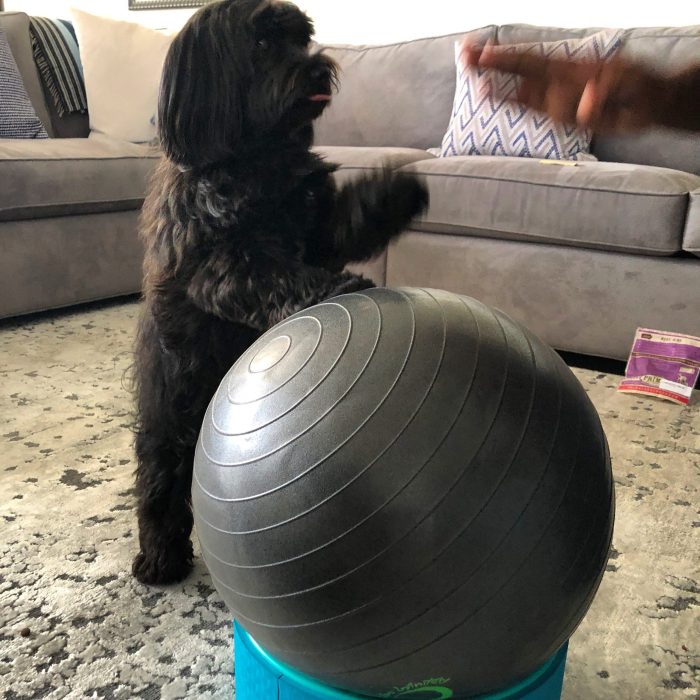

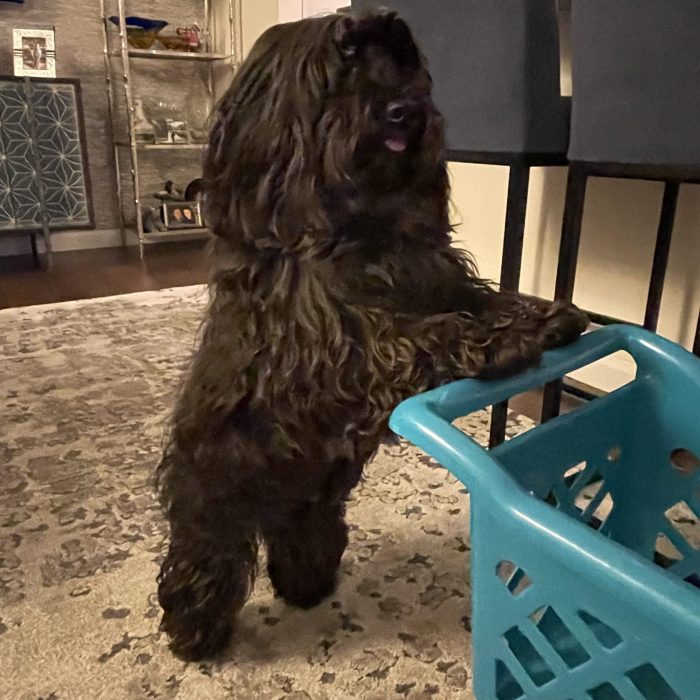
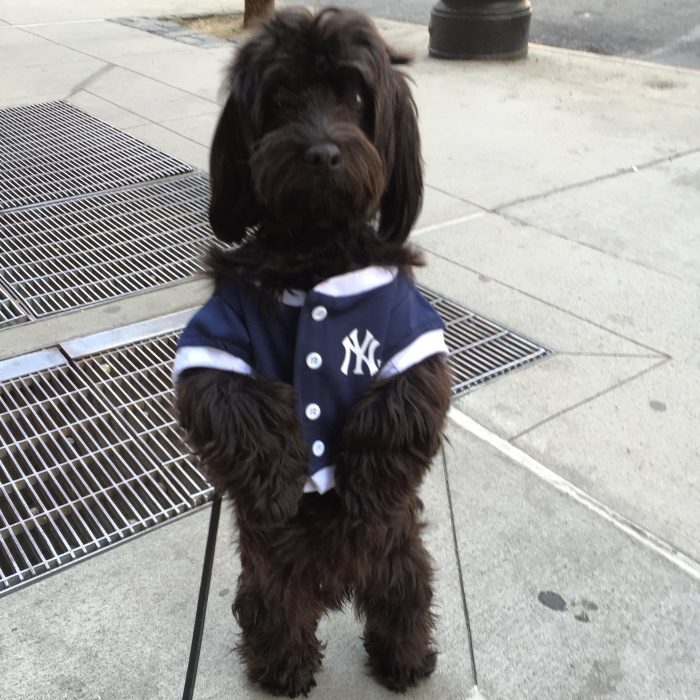
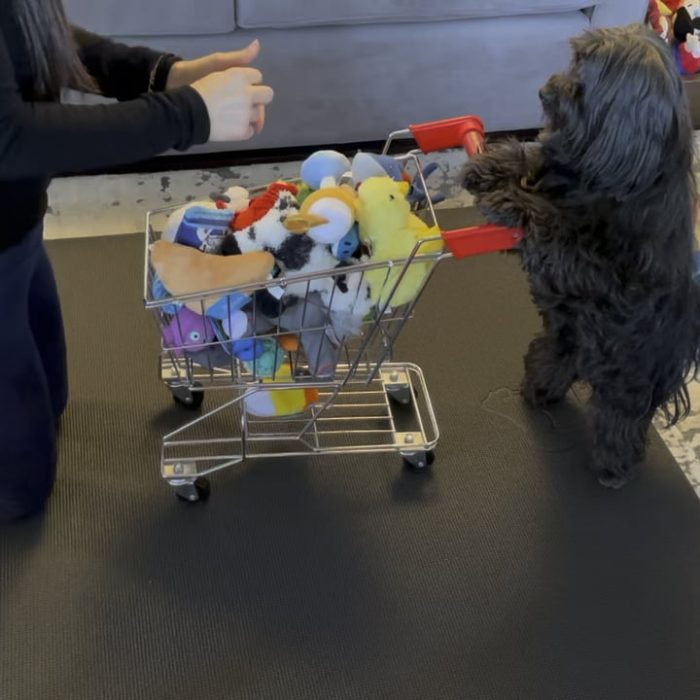
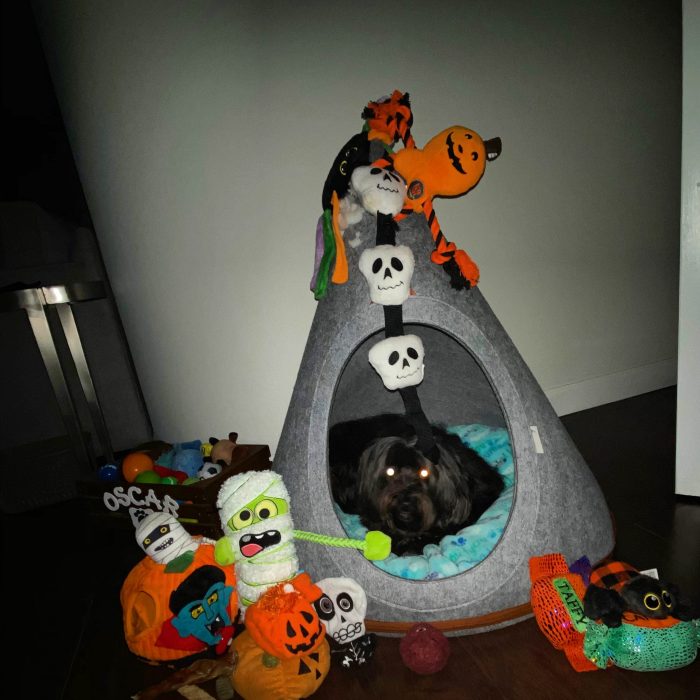
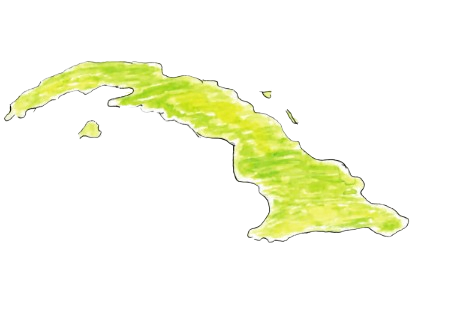
about my breed
The Havanese (that is the kind of dog I am!) first were bred in Cuba. Someone from Spain brought an ancestor of the bichon frise (another kind of dog) there, which was then bred with another dog breed, the South American terrier. When these two dog breeds got together, the Havanese were born! In the mid-1970s, a woman in the United States saved 11 Havanese from people who fled Cuba.
Havanese are the national dog of Cuba. We are sometimes known as the “Cuban silky dogs” because of our long silky hair. We typically weigh between 7 – 14 pounds (I weigh 13 pounds), and come in all colors. A few words often used to describe us include happy, loving, playful, social, and spirited. We are also highly intelligent, extremely agile, and love to please. Because of these traits, we entertained Cuban royalty and became known as little circus dogs! This is the reason I am so good at tricks and learning new skills!
More about Oscar
Many people we meet during our visits ask mom a lot about my habits and personal favorites. Here is more about me and my favorite things.
Favorite place to sleep
Favorite toy
Favorite food
Favorite treat
Favorite summer sport
Favorite winter sport
Favorite place to nap
Best canine friend
Least favorite dog breed
Long walks or short walks?
Land or water?
Jog or sprint?
Speed eater or grazer
Number of toys
Number of balls
City or country?
Sweater or jacket?
Favorite trick?
Television or music?
About therapy Dogs
A therapy dog partners with a human handler to provide comfort and affection to people in need. Any breed can be a therapy dog, but they must be well-trained, calm, friendly, and comfortable with new places and people. Once you and your human handler complete a course, pass a test, and register with a therapy organization, you can find local volunteer opportunities at a variety of places such as in healthcare, education, social, and more. Therapy dogs have a huge impact in the communities they visit. It is a rewarding experience and Mom and I encourage dog owners to consider becoming therapy teams.
More about therapy dogs
These are some of the more frequent questions that my mom and I get asked about therapy dogs during our visits:
Does Oscar belong to the hospital?
Does Oscar sleep at the hospital?
Can I keep Oscar in my room overnight?
Can I take a photo with Oscar?
Can I pet Oscar?
Can I walk Oscar myself?
Does Oscar ever bark?
How do I become a therapy dog team with my dog?
Prior to enrolling in a therapy dog training class, the dog should have successfully completed obedience training. The American Kennel Club Canine Good Citizen Program (CGC) is a good precursor to a therapy dog training class. The CGC is helpful because it has many (but not all) skills that are assessed by therapy dog organizations.
What does the therapy dog team assessment involve?
Can any dog breed become a therapy dog?
Check out some videos!
Oscar is a quick learner. He loves to learn something new every day. After his first morning walk, Oscar learns a new trick or how to spell a new word before breakfast. His excitement for learning keeps Mom on her toes and always looking for new skills to teach him.
